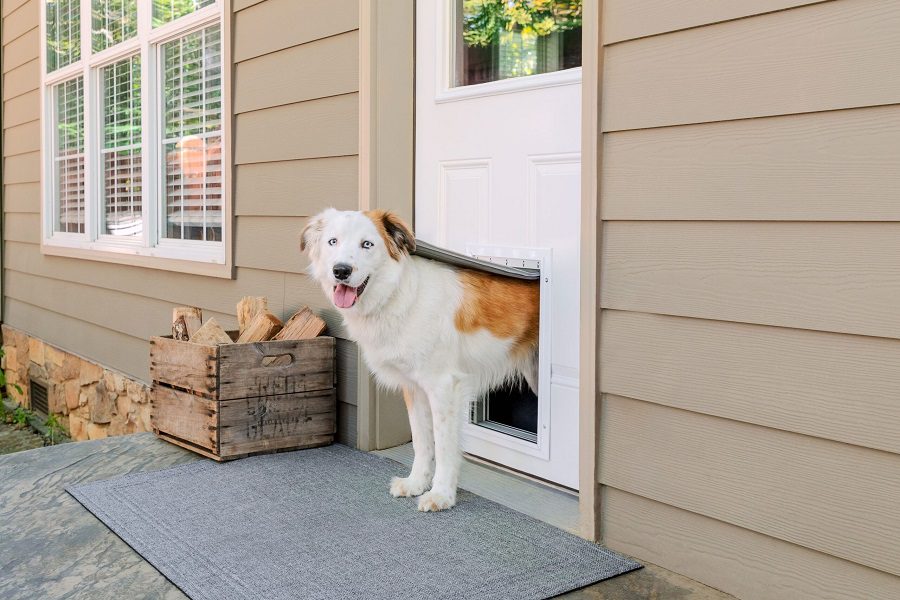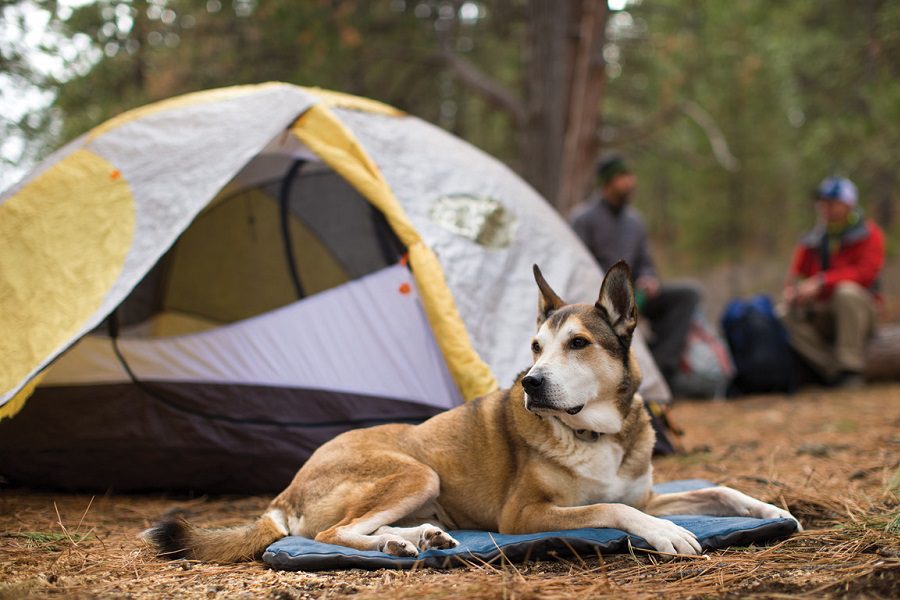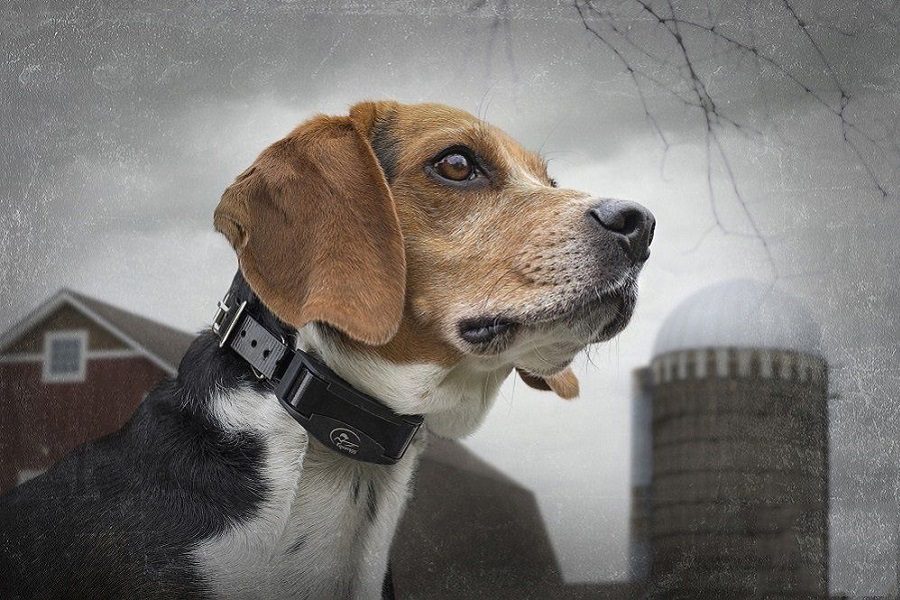Last Updated: 2 years ago
Just like humans, there aren’t many dogs that are natural leaders. However, some dog owners do end up with a dog that’s dominant. This is the dog that would have taken the lead position in a wild dog pack. In this case, it’s up to you to become that pack leader.
If you don’t take steps to make yourself the leader, then you can expect the dog to gravitate toward being in charge. On the other hand, if you follow these five tips, you can have a balanced relationship with your dominant pooch.
1. Dominant Dog Behavior: Be Calm And Assertive
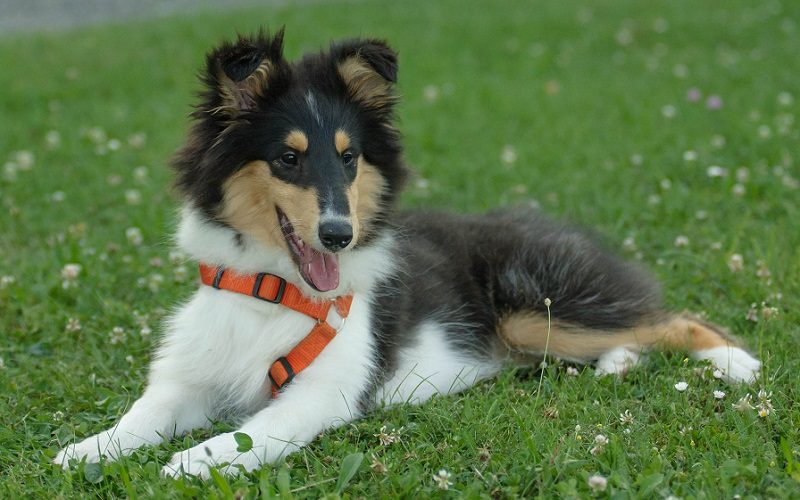
A dog is not going to follow energy that’s unstable. This is true for any dog but it’s even more true when you’re dealing with a dominant dog. They will try to correct anything they see as unbalanced behavior. That’s why it’s essential that you’re both calm and assertive than normal when dealing with this pooch.
If you’re feeling anxious or you’re feeling nervous, your dominant dog is going to notice this. They’ll take it as their cue to take charge. This can lead to even more unstable behavior on your behalf, which can then lead them to overcorrect as well. Simply put: it doesn’t work out well for anyone involved.
On the flip side, if you can stay calm and assertive, your dog is more likely to feel like everything is okay. They won’t feel like they need to protect anyone. They won’t feel that they need to direct their pack. They won’t feel like they need to assert themselves. They’re much more likely to follow your lead.
2. Be Clear About Rules, Limitations And Boundaries
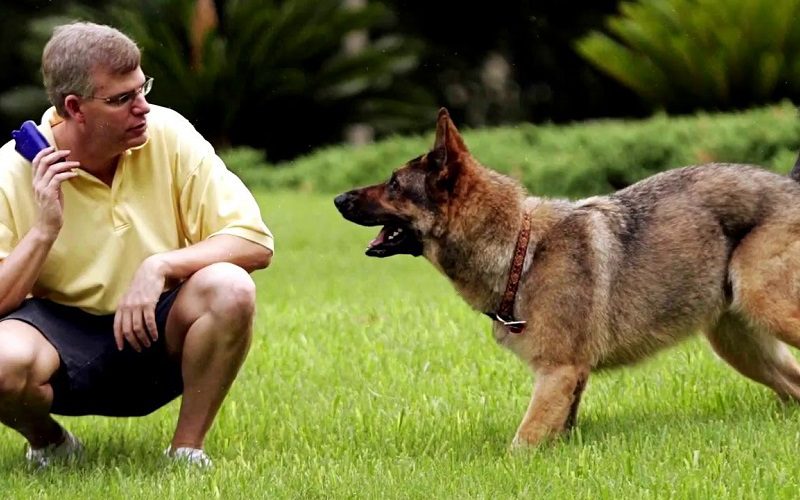
Rules, limitations, and boundaries are essential for training any dog – and they’re even more important when it comes to dominant dogs. Rules focus their dominance and allows them to express their confidence without having to use it on you. It sets clear guidelines for the way they can behave.
The types of rules you’ll want to set will vary based on your dog and your living situation. At a minimum, you should come up with rules for where they’re allowed within your house without getting permission. They should always wait before they go in and out the door, and they shouldn’t get fed until they’re calm.
If your dog is particularly dominant, or particularly full of energy, then you may want to try agility training. It gives them out outlet to use up this extra energy and can help them be more docile the rest of the time.
3. Don’t Force Attention On Your Dog

In general, dominant dog behavior is also going to be more solitary and aloof. This is because in the pack, leaders don’t go up to the followers and ask for attention. Instead, the followers come straight to the leaders.
It’s easy for owners to fall into the trap of pursuing their dog. They want to give their pooch affection if they think they aren’t affectionate enough. What they don’t realize is that this can actually put the dog in the leadership position and make them feel as though they’re winning the dominance race.
So what do you do with dominant dog behavior? The best option is to simply ignore your dog. If he wants attention, then he’s going to have to come to you. Be consistent. This may seem difficult at first, but soon your dog will start coming to you for affection, and you’ll have successfully reinforced your role as the pack leader.
4. Make The Most Of Meal Time

The leader of a dog pack eats first. This should also be true for you. If you have a dominant dog, then you need to create a boundary around your table. Don’t allow your dog to approach the table if you, your family, or anyone else is eating at it.
When it’s time to feed your dog, wait until they’re completely calm and submissive – not just to feed them but to start the process at all. They must then wait calmly and submissively until you’ve put the bowl down and moved away from them. The dog should not start eating until you’ve said, “Okay.”
If your dog doe try to start eating before every step is completed, then you should bring up their bowl of food and wait for them to get calm and submissive. When they do, then you can start the process over again. This may take some time to get used to be they’ll quickly catch on.
5. Keep Your Pooch Busy
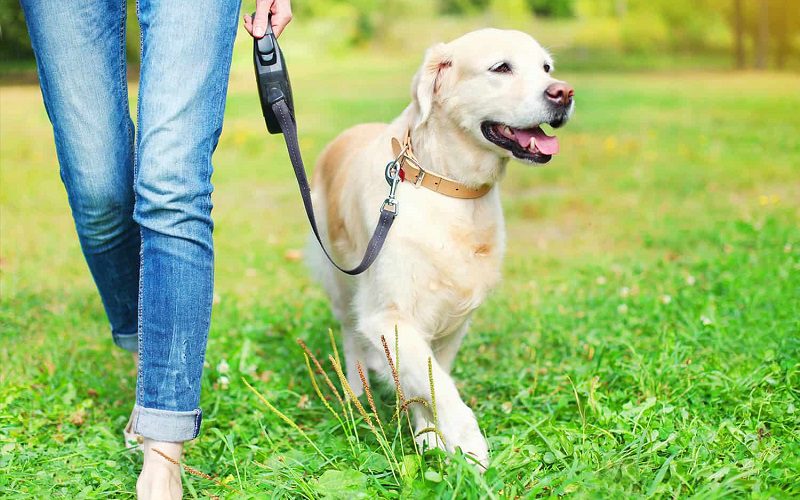
Dogs that are dominant have a natural urge to fill a need. Without something else assigned to them, they’ll want this job to be leading the pack. However, if you can come up with something else for your dog, then this natural urge will be met.
For example, you could give them a backpack to wear when you take them on a walk. You could have them trained as a search and rescue dog. You could double up on obedience training. You could teach them herding. There are many jobs you can give your dog and any one of them will reduce their urge to be in charge.
As you’re considering how to handle dominant behavior in dogs, the most important thing to keep in mind is that what it all boils down to is the fact that they need a stronger pack leader. Following the five steps above is the easiest way to ensure this is the case.
It’s also essential to be consistent. Dogs can learn very quickly – and they can learn for life – but as you’re training them they can become easily confused by inconsistent instructions. If you allow them to be the dominant leader one day they won’t understand why they can’t the next day.
The purpose of ensuring your dog isn’t dominant is about more than keeping aggression at a minimum. You want your pooch and you to have a balanced relationship. These tips help you accomplish that goal.
PS. some of the items you might find useful, if you’re dealing with a dominant dog, include: heavy duty dog crate, dog muzzle, no-pull dog harness and a quality leather leash.
Resources:

